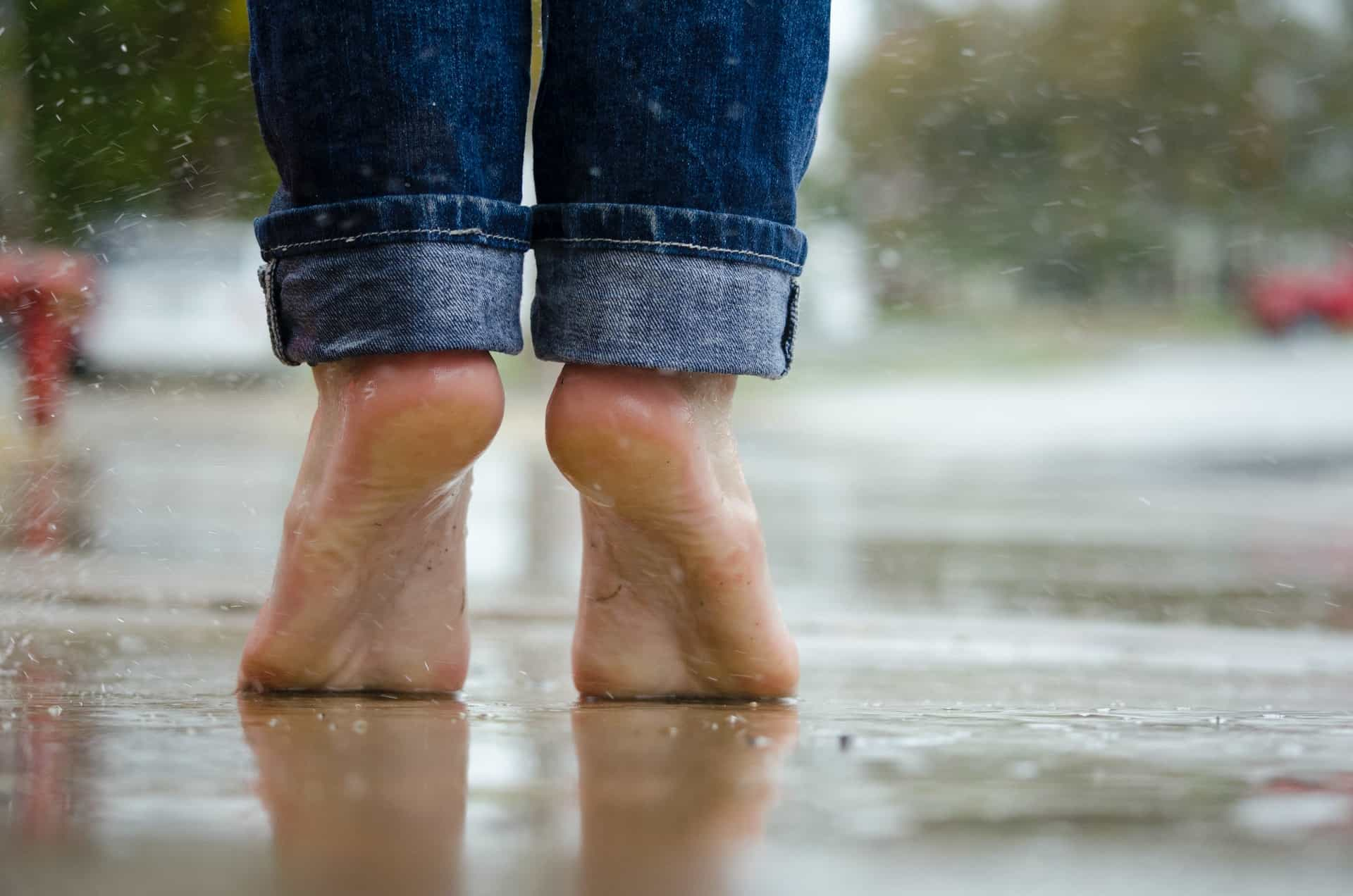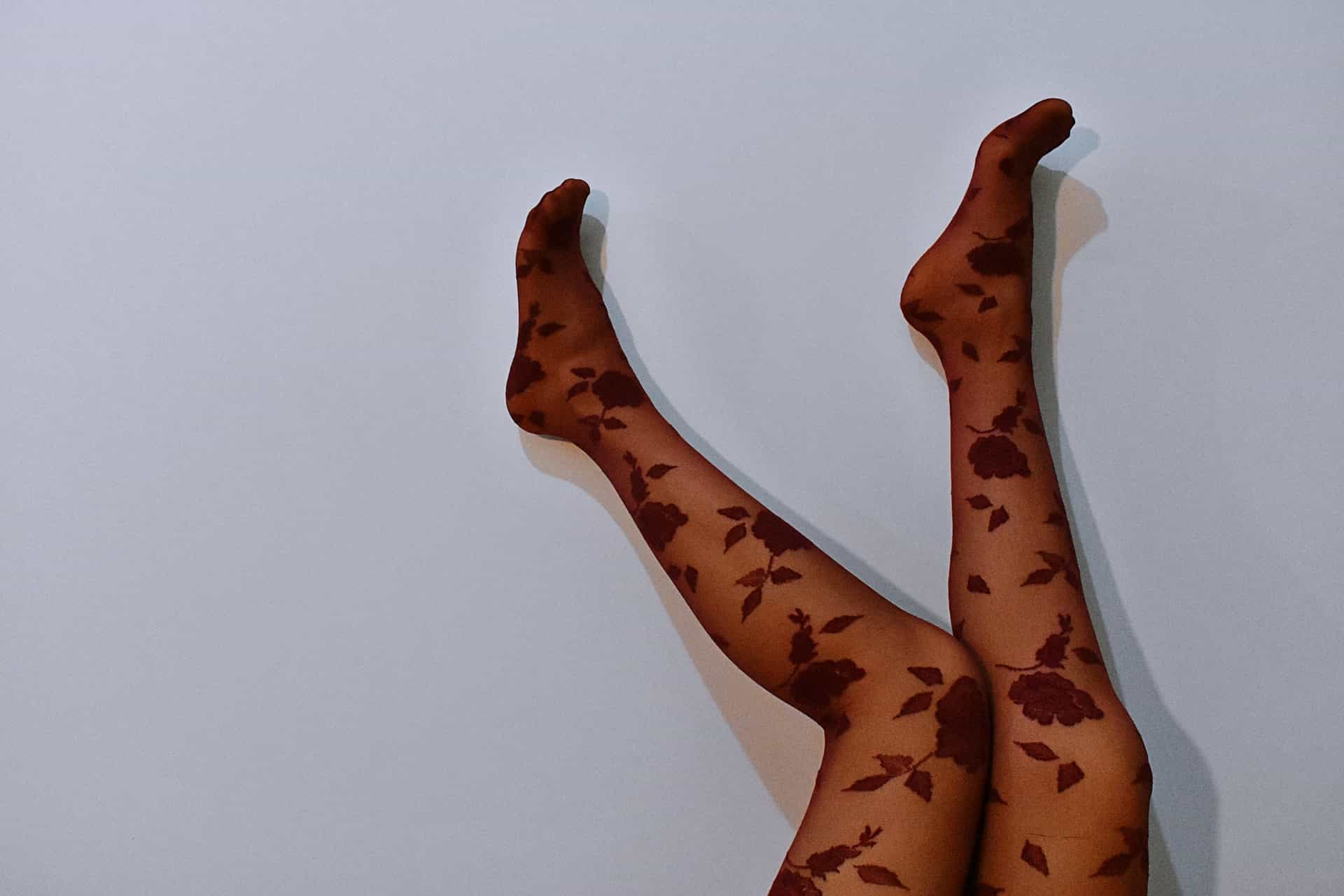The feet are called the second heart because there are many important acupuncture points and meridians on the feet, as well as reflex zones for the five organs and six bowels.
It is not an exaggeration to say that the feet are a barometer of the body's health, and when the organs become diseased, they will show up on the feet.

What are the symptoms of feet that need to be taken seriously?
01Cold feet
Cold feet are a sign of poor blood circulation and are commonly associated with diabetes and arterial occlusions. However, cold feet can also be caused by hypothyroidism. Thyroxine regulates metabolism, but in hypothyroid patients, the secretion of thyroxine is insufficient, the metabolism slows down, body temperature regulation is affected and the body produces less heat.
02 Heel pain
Heel pain can be caused by heel hypertension or plantar fasciitis. Suddenly after standing up, the pain in the heel is severe and is relieved after a few minutes of walking, but the pain increases again after walking for too long.
03 Black mole on the heel
Melanoma can occur in every part of the body, including the feet. Moles that grow on the feet are at high risk of developing cancerous and malignant melanoma due to constant friction and should be actively removed.
04 Swelling of the ankles
When the kidneys become diseased, they are unable to remove excess water and metabolic waste from the body, resulting in swelling, often in the ankles. Swollen ankles can also be a result of ankle arthritis or synovitis, or damage to ligaments or cartilage.

05 Enlargement of the big toe
Sudden redness, swelling and pain in the joints of the big toe, especially at night, should alert you to arthritis or gout, or it may be due to trauma or infection.
06 Numbness of the feet
Numbness in the feet is usually associated with neuropathy. Numbness in the feet may occur when the nerves in the foot, lumbar spine or ankle are compressed; it may also be associated with neuritis.
07 Dry feet
Dry skin on the feet is most likely due to skin allergies or tinea pedis. Poor circulation prevents adequate blood and oxygen supply to the feet, resulting in dry feet.
08 Yellow or white toenails
Yellow or white nails are also commonly associated with rheumatoid arthritis, lymphoedema or respiratory diseases.
09 Round and flat toes
Rounded and flat toes, known medically as pestilential toes, are commonly associated with lung diseases such as pulmonary fibrosis, chronic obstructive pulmonary disease or lung cancer, and are caused by blood flowing to the small blood vessels in the toenail, causing the tissue to swell. Heart disease, infections, digestive disorders and liver disease can also cause toe deformities.

If you have any of these symptoms, it is important to have them checked and treated at the hospital. You should take good care of your feet by soaking them in hot water at around 40°C every night before going to bed, and keeping the soak to 20 minutes or less, which improves local blood circulation, relieves leg pain and numbness, and promotes sleep.
Regular massage of the soles of the feet can enhance the circulation of Qi and blood and help to unblock the meridians. Moderate exercise should be maintained, such as swimming, cycling or jogging can exercise the leg muscles. Make conscious efforts to shake your legs, walk on tiptoe or hook your feet, etc.

At the same time, you should pay attention to the hygiene of your feet and wear shoes and socks with good breathability.
Popular Articles
-
Russia's most powerful military weapon: one Salmat is equivalent to 1,600 Hiroshima nuclear bombs

-
 Practical tools suitable for baking to enhance your happiness
Practical tools suitable for baking to enhance your happinessJul 12, 2025
-
 Healthy lifestyles Delay cardiovascular disease backwards
Healthy lifestyles Delay cardiovascular disease backwardsJul 12, 2025
-
 Seemingly insignificant 4 home supplies, but a great use for life
Seemingly insignificant 4 home supplies, but a great use for lifeJul 12, 2025
-
 What to do if your training is not effective? Don't blindly change your training moves
What to do if your training is not effective? Don't blindly change your training movesJul 12, 2025
-
 What benefits will you reap from jogging 5 km a day?
What benefits will you reap from jogging 5 km a day?Jul 12, 2025







Comments
0